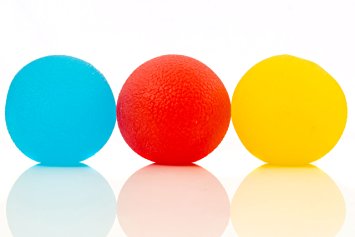26 Feb The Plastic Empty
This week’s assignment – creating a narrative centered around one or multiple objects, is a perfect opportunity for me to extend my Museum of Plastic Age (MPA) project by adding an artifact to it. This blog post is an investigation into a specific artifact of my choice in terms of what stories future anthropologists may tell about it. Later I will make it into a short educational film to be shown in MPA.
The rules (I made up) for adding an artifact to MPA
- It is an everyday object we use in the late 20th century or early 21st century
- It is partly or entirely made of plastic
- When creating the narrative, discard most or all of your knowledge about this object, and try to approach it like you’ve never seen it before
- Humor is good
Object of My Choice:
The Plastic Empty
A.D. 2017, Shenzhen, Guangdong Province, China | Private Collection

Naming: The reference for “The Plastic Empty” comes from Arkady and Boris Strugatsky’s science fiction novel Roadside Picnic, in which there is a mysterious alien artifact called “Empty”. Though the 35th century future anthropologists will lose almost all of our online data due to the blackout (a major event that will happen before the 3000s), they will find some of our paper records, including the Strugatsky novel. They will be fascinated by it and will study it intensely to find traces of human life back in the 20th and 21st centuries. They will have a hard time figuring out which parts of the novel is science fiction and which parts are based on real life.
Details:
- 8 plastic cells, each about the size of the smallest finger
- Numbers at the bottom indicating two dates: July 8th, 2017 and June, 2019
- Also at the bottom are a few Chinese words
- The top of the panel is of a different design (straight lines) from the bottom (rounded corners)
Questions (from future anthropologists):
- What was it used for?
- Why are the cells empty?
- Why is it transparent?
- Why the size of a finger?
- Why two dates? Why is one more specific than the other?
- What do the Chinese characters mean? (The Chinese characters will be extinct because of their complexity, the spoken language will survive.)
Assumptions (made by future anthropologists):
- The stress ball theory: one school of experts, because of their interest in human psychology before the Second Leap in Evolution, thinks that the plastic empty was used for stress relief. The process of pressing the cells down and then recovering them back to their original state might be strangely satisfying to the 21st century people. This theory also explains why the cells are of a specific size.

- The Romantics: this group of anthropologists, enrolled in a multi-disciplinary collaboration program with artists, tends to believe that the plastic empty was used for a poetic purpose, like trapping beautiful light or symbolically storing air from home. They are also firm believers that the “ancients” are much more sensitive and romantic than their contemporaries.
- The Environmentalists: most historians and anthropologists think that the plastic empty was part of a device to filter polluted air before it was breathed into the nostrils. According to these experts, the cells are used in pairs to cover the two nostrils. They are yet to find out how the filtering system works.

No Comments